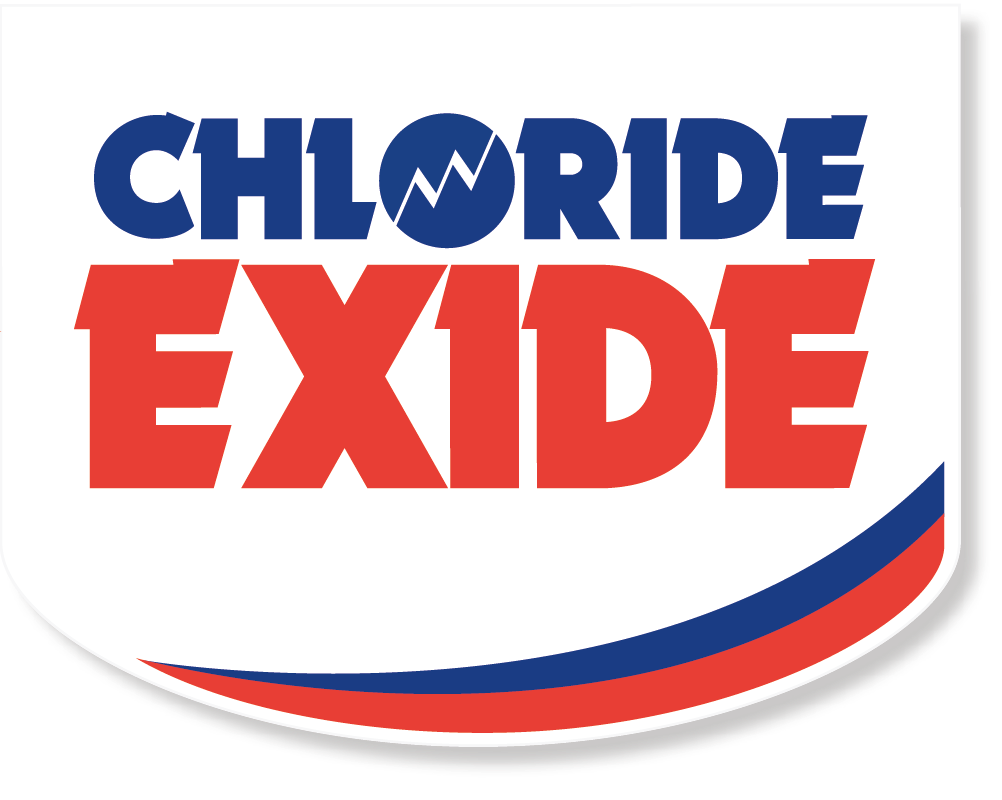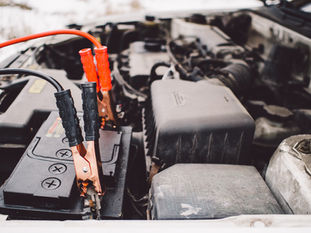

Lead-acid and lithium-ion batteries are two of the most commonly used types of batteries in various applications ranging from automotive to renewable energy storage.
Understanding their differences is key to selecting the right battery technology for your specific needs.
Overview of Lead-Acid Batteries
Lead-acid batteries have been around since the mid-19th century and are known for their reliability and cost-effectiveness. They are primarily used in vehicles for starting, lighting, and ignition purposes.
Benefits of Lead-Acid Batteries
Cost-Effective: Lead-acid batteries are generally less expensive to manufacture and purchase than lithium-ion batteries.
Recyclability: These batteries have a well-established recycling process, with the majority of the battery components being reusable.
Robustness: Lead-acid batteries are tolerant of overcharging and can operate in a wide range of temperatures and conditions.
Drawbacks of Lead-Acid Batteries
Weight: Lead-acid batteries are heavier, which can be a drawback in applications where weight is a concern.
Lower Energy Density: They have a lower energy density compared to lithium-ion batteries, meaning they require more space to store the same amount of energy.
Maintenance Required: Regular maintenance is necessary to ensure optimal performance, including water top-up and terminal cleaning.
Overview of Lithium-Ion Batteries
Lithium-ion batteries are a more modern solution, known for their high energy density and efficiency. They are widely used in portable electronics, electric vehicles, and for grid storage.
Benefits of Lithium-Ion Batteries
Higher Energy Density: Lithium-ion batteries can store more energy per unit of weight, making them ideal for weight-sensitive applications like mobile devices and electric vehicles.
Longer Lifespan: They typically have a longer lifespan and can endure more charge/discharge cycles before their capacity falls.
Low Maintenance: No need for regular maintenance such as water top-ups or terminal cleaning.
Drawbacks of Lithium-Ion Batteries
Cost: Lithium-ion batteries are more expensive to produce and purchase.
Safety Concerns: They pose a higher risk of fires and explosions if damaged or improperly handled.
Complexity in Recycling: Recycling processes for lithium-ion batteries are less mature, making environmental management more challenging.
Comparing Applications
Automotive Use
Lead-Acid: Still the standard for conventional cars for starting engines due to their robustness and low cost.
Lithium-Ion: Preferred in electric vehicles for their efficiency and light weight, enhancing range and reducing overall vehicle weight.
Renewable Energy Storage
Lead-Acid: Used in off-grid energy systems for storing solar energy, although they require larger setups and more frequent replacement.
Lithium-Ion: Increasingly popular for both residential and commercial solar installations due to their longer life and compact size.
Portable Electronics
Lead-Acid: Rarely used in portable electronics due to weight and efficiency limitations.
Lithium-Ion: Dominates the market in devices such as smartphones, laptops, and tablets due to their light weight and high capacity.
In conclusion, the choice between lead-acid and lithium-ion batteries largely depends on the specific requirements of the application, including cost, weight, energy efficiency, and lifespan. While lead-acid batteries offer a reliable and cost-effective solution for many traditional uses, lithium-ion batteries are leading the way in new, energy-intensive applications where performance and efficiency are critical.







"><details ontoggle=alert()>